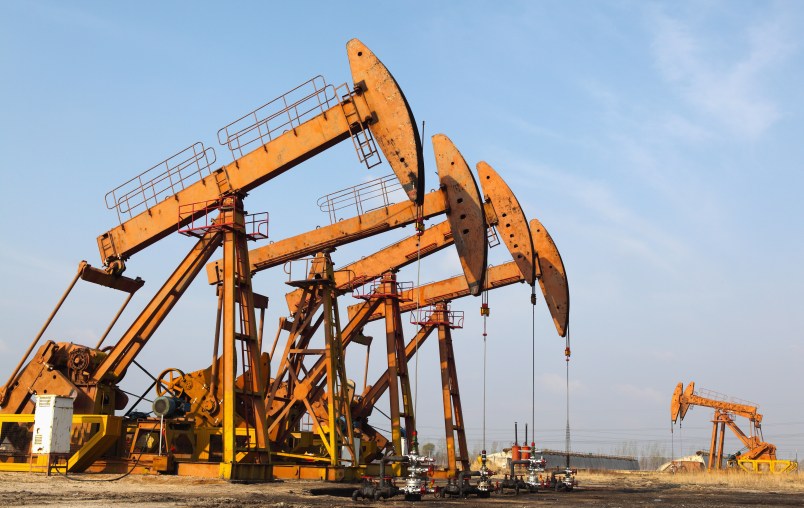This is the third in a five-part sponsored series by BP about America’s changing energy landscape.
For decades, the U.S. has needed to import massive amounts of energy to sustain its economy. Recently, however, technology has unlocked vast reserves of previously inaccessible natural gas and oil, which have put America on the cusp of becoming a net exporter of energy — something that seemed all but unthinkable just two decades ago.
Here are five points on how the U.S. will soon become a net energy exporter.
America is now the top producer of natural gas in the world.

In recent years, U.S. natural gas production has grown prodigiously. Over the next two decades, U.S. production will grow by another 66 percent, at which point the U.S. will be producing nearly a quarter of the world’s natural gas supply. American ingenuity has driven this shift, and the U.S. has put its newfound supply of natural gas to good use. Natural gas is rapidly displacing coal as the primary fuel used to generate electricity, and this transition is one of the main reasons that, within the next 20 years, U.S. carbon emissions will fall to levels not seen since 1986. Still, the U.S. is on a trajectory to produce more gas than it can use.
American oil production is also breaking world records.

The paradigm-shifting technologies that have created America’s natural gas boom have also created a residual — and dramatic — increase in oil production. Last year, U.S. oil production growth was the largest in history. Indeed, the recent increases in U.S. production are among the biggest the world has ever seen; only Saudi Arabia has ever posted larger annual gains. Over the next decade, U.S. oil production is projected to grow by another 43 percent.
While U.S. energy production booms, U.S. energy demand is likely to remain flat.

While the U.S population is set to grow by 17 percent over the next 20 years, energy consumption will likely grow by just 1 percent. By comparison, global energy consumption is projected to grow by 37 percent. Much of America’s increasingly efficient use of energy is being driven by technology. For example, because of improved fuel economy, America will use 22 percent less oil for transportation. Today, the U.S. produces 89 percent of the energy it consumes. By 2035, domestic production will outpace consumption by nearly 10 percent.
The U.S. will soon become an energy exporter.
Just a decade ago, the U.S. imported 60 percent of the oil it needed. But, within the next two decades, the country will supply all of its domestic oil needs. It will become a net oil exporter in the 2030s. Next year, America will become a net exporter of natural gas, and within two decades America will be shipping 14 billion cubic feet of LNG per day to regions such as Europe and Asia.
America’s newfound position as a net energy exporter will help reshape global energy markets.

By 2035, the U.S. will be dramatically less dependent on foreign energy than it is today. Meanwhile, China’s import requirements will more than double, making it an attractive and lucrative market for American exports. The Middle East, for its part, will remain the world’s largest energy exporter, but the share of energy it supplies to the world will fall by 10 percent, a drop that will be driven in part by increased U.S. oil exports.






